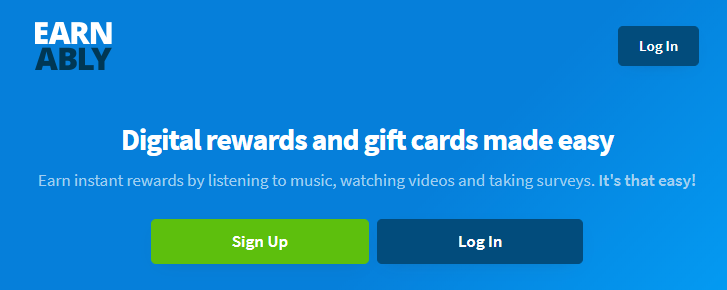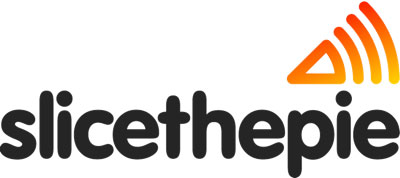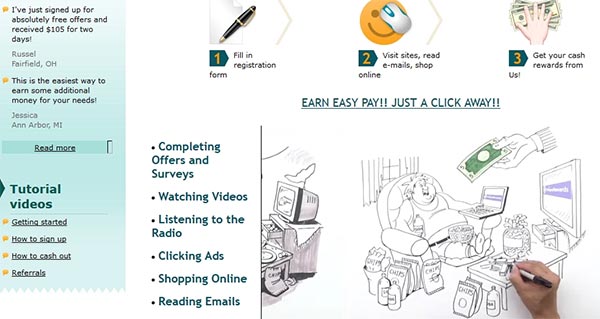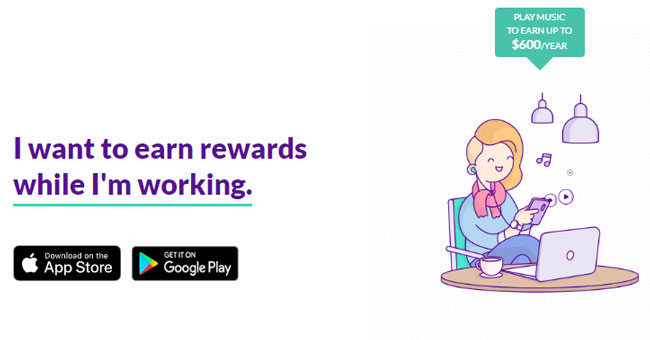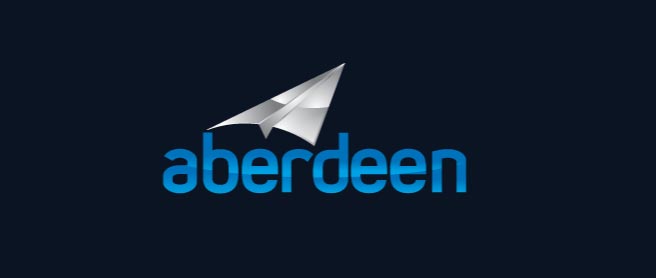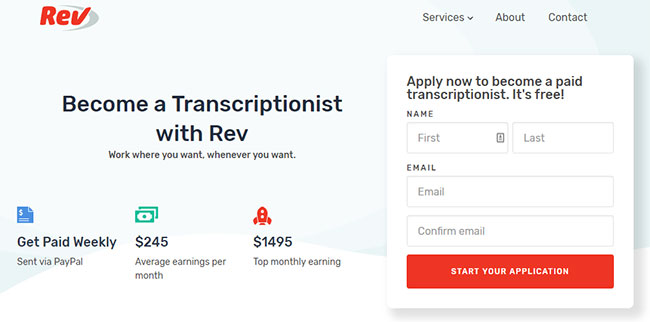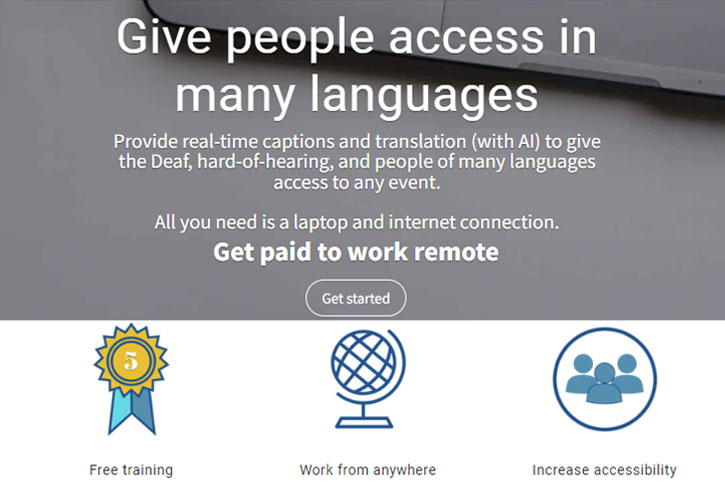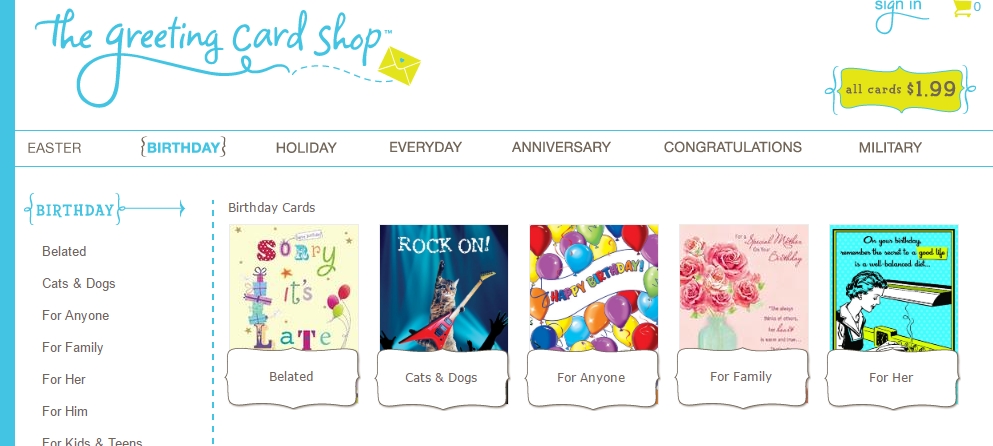In today’s article, I’m going to explore video game tester jobs: what it takes, how much they pay, and where to find these jobs.
If you love playing video games and can’t help but nitpick on every single detail and mistake of your favorite games, working as a game tester might be for you!
Where to Find Video Game Tester Jobs
Here are some of the game companies and job boards to look for video game tester jobs.
1. Activision Publishing
Activision was founded in 1979 as the first independent video game software developer and distributor.
Nowadays, Activision is known for the Call of Duty franchise, Tony Hawk’s Pro Skater, and Crash Bandicoot.
Use the keyword ‘QA’ in your search – or find the “Quality Assurance” category to pull any open video game tester jobs.
Current open positions include QA testers, QA embedded testers, and localization QA testers (testing translated audio and text for different countries). However, salary information is not published in job listings.
2. Blizzard
Activision and Blizzard are actually both under the umbrella company Activision Blizzard, though they manage game development separately.
Blizzard Entertainment is known for Diablo, World of Warcraft, Starcraft, and Overwatch.
Current open positions include QA testers, test analysts, and localisation QA testers. However, just like with Activision, salary information is not published in job listings.
I’ve linked directly to their QA job listings, but feel free to browse their boards for any other open positions that might interest you.
3. Electronic Arts
Electronic Arts, more popularly known as EA, is headquartered in Redwood, California and has been around since 1982.
EA is known for Battlefield 2042, Fifa, Madden, and The Sims.
Use either the term ‘tester’ or ‘quality’ in your search to find open positions.
Current open positions include development testers, quality verification testers, and quality assurance testers. As with the other companies, salary information is not published in the listings.
4. Epic Games
Epic Games is not only an interactive entertainment company but also a provider of 3D engine technology.
Epic Games is perhaps most known for Fortnite, though they’ve published around 60 games since they were founded in 1991.
Current video game tester jobs available include game testers and QA leads (if you have enough experience in both game testing and managing a team.
5. Riot Games
Riot Games is probably the youngest of the top game companies on this list, having been founded in 2006.
But if you’ve been paying attention the last few years, games like League of Legends or Valorant should stand out.
Right now, there aren’t entry-level QA tester jobs available on their site. But if you have QA testing and management experience, plus a college degree, you can apply to be a technical QA analyst, QA lead, or a QA manager.
6.BetaTesting
BetaTesting has one of the largest communities of beta testers in one place. There are 400,000 real-world users that can test video games, apps, sites, and other products simultaneously.
Anyone can join as a beta tester (for free). Just create a profile and list down your interests, devices, and demographics.
If your info matches a project, you’ll receive invites to join as a beta tester. Decide if you’d like to apply or not. Usually, payment details will be included in the invitation.
If you do move forward, complete the test. Each test can take as quickly as 30 minutes to over several weeks.
Submit your report and get paid. Most playtests are paid via PayPal – the only good news is that BetaTesting shoulders the fees so you get your earnings 100%.
7. PlayTestCloud
PlaytestCloud works with many well-known game development studios, such as Gameloft, Ubisot and Zeptolab.
Out of all the video game tester jobs on this list, PlaytestCloud is probably one of the most popular testing platforms.
Joining the platform as a video game tester is easy and free, too! Just sign-up and enter your personal information. This quick questionnaire will also ask you about the most recent games you’ve played, the devices you use, brand of mobile device, and country you’re from.
But before you can earn, you need to pass a qualification test. Note that this is an unpaid test. PlaytestCloud will send you the trial test via your chosen email. Click the game download link, playtest the game, follow instructions, and take note of bugs or glitches you find.
When you pass the first test, that’s when you’ll be officially welcomed to the PlaytestCloud platform. Here, you’d be able to participate with other game testers once studios require your services. If you match the qualification, you’ll receive an invite to test. You have the option to accept or dismiss the invitation.
The best thing about working with PlaytestCloud? They only work with legitimate studios, so there will never be scams or payment troubles here.
8. Game Tester
Game Tester is a platform where game developers and publishers get connected to gamers and game testers without having to have formal employment or formal contracts.
However, the payment may not be as large as you expect. The form of payment is in GTGold, which is their in-platform currencies that you can convert into cash via virtual Visa or MasterCard.
You can also sign up as a tester through your smartphones.
9. TestBirds
It’s free to become a member of the TestBirds community. Just take several minutes to sign-up. Use your work email address and fill out some personal details (birth date, country of residence, devices you can use to test).
Once you’ve verified your e-mail, you can log into the TestBirds dashboard, where you can see playtesting invites. All details should be listed here – from an introduction of the game to instructions and even deadlines and pay rate for every test.
You don’t need to pay TestBirds to accept an invitation. You can also ignore the invites completely. However, active video game testers are rewarded by better and more frequent future invites as your points grow.
Payments are sent via PayPal or bank account (if you live in a SEPA (Single Euro Payments Area) country.
10. GBTN
The Global Beta Test Network (GBTN) is more of a community of gamers and gaming enthusiasts who participate in private beta testing in their own personal consoles and devices.
The GBTN team coordinates with the game publisher to create test plans and report templates that collect the information and feedback they need to improve their games before their general release.
In turn, the GBTN team provides these test plans, reports, logins, and passwords to their network of beta testers, as well as the hardware specifications and exact time and duration of testing.
11. Beta Family
BetaFamily is like other platforms here, except the tests are lower-paid. Some playtests are even unpaid. This is ideal for new video game testers looking to practice and hone their craft. You gotta start somewhere, right?
Joining the BetaFamily is pretty straightforward. Just fill out the form, add your personal details, list your devices, and set-up payment method.
Once you’re registered, you can now pick from testing jobs listed in the dashboard. Be mindful of the “paid” tag if you’re after paying gigs. A paid test should indicate the rate a tester will get upon task completion.
12. Hitmarker
Hitmarker prides itself in being the largest gaming and esports jobs platform in the world.
A wide variety of video game tester jobs and locations are currently available in this international job board.
What Does a Video Game Tester Do?
Video game testing involves playing games level by level to observe and detect bugs and defects.
The testers then report these defects to game developers through certain forms and reports they need to fill out. The game developers reproduce the defects, fix them, and let the tester play it again to confirm that it has been fixed.
This cycle goes on throughout the production phase, sometimes even through the post-production phase, of the game.
There are two types of video game testing you’re likely to encounter: quality assurance (QA) testing and playtesting.
QA testing involves examining the game from a more technical standpoint. It focuses more on inconsistencies, bugs, glitches, and weaknesses that can be exploited by a regular user (for instance, to get to the next level or to get unlimited lives).
Playtesting is more about the usability aspect and the overall user experience of the game.
Video game tester jobs usually include both aspects and it’s a matter of wearing different “tester hats,” so to speak, when evaluating different aspects of the game.
Some questions that may be asked include: Is it responsive to buttons and button combinations, or is there a delay? Is a level particularly distracting? Does the music not match the mood?
Game studios usually also hire beta testers to test a video game just before release. Beta testers are ideally those who are experienced gamers but are not involved in the gaming industry. They are recruited either in-house or through a third-party company.
In theory, at the stage when beta testers are introduced, all technical errors are already fixed, and in-house testers have already playtested the game.
Beta testers then evaluate the game solely from a gamer’s perspective; the feedback collected is for the games’ usability, functionality, reliability, and compatibility. It’s meant to assess whether the finished product is going to be a hit or a flop with its users.
There are also game testers who aren’t employed by game studios. Instead, they work as game testers-slash-reviewers for gaming magazines and other publications. Their feedback is more for fellow gamers; whether or not they recommend buying the game.
Skills Required to be a Video Game Tester
Generally, testers don’t need to have college degrees to be hired. They do need to have the following skills:
Attention to detail – And I do mean detail. Your report will have to include the exact nature of the bug or defect you find, and often the exact steps (down to the buttons you pressed) to trigger the bug.
Strong communication skills – You’ll need to be able to explain to game developers and make them understand what the bug looks like or sounds like in words, in writing and sometimes through phone calls or meetings.
Patience – Game programmers notoriously have a love-hate relationship with testers. On one hand, no one likes to be criticized for something they have worked so hard and spent so much time on. On the other hand, no studio wants to put out a defective game that’ll cost them money and their reputation.
Either way, you’ll need to have patience with game programmers who may get in your face to mark a bug as a feature or invalidate its existence.
Genuine love of video games – This isn’t a skill so much as a quality you’d need to have to be able to pursue this as a career.
How Much Can a Video Game Tester Make?
Video game tester jobs pay around $16,000 to $55,000 yearly (Source).
The wide range of salaries is because the exact pay is dependent on many factors, such as:
Experience. Experienced testers tend to find and report bugs faster and more accurately than inexperienced ones, and so they get paid higher rates.
Company or studio size. Larger companies have larger budgets and thus can afford to pay video game testers more.
Benefits. If you’re employed on a freelance basis or as a temporary employee, you may not have a lot of benefits that a full-time, regular employee may have.
Bonuses. Some testers are really lucky and are included in the game development team bonuses, sometimes getting up to 50% of their salary just in bonuses.
Pros and Cons of Video Game Tester Jobs
Like any other career, video game testing has its pros and cons. Weigh these first to decide if pursuing this job is the right choice for you.
Pros of Working as a Video Game Tester
The work can be fulfilling. Collaborating with talented game designers and game programmers, creating an incredible video game, and knowing that you were part of the team that made an awesome game can feel really rewarding.
The work can be flexible. Depending on the game studio, it is possible to request for a flexible schedule or even to work from home, as long as you fulfill your end of your NDAs and secrecy agreements.
Video games are in demand. Because video games and esports are now increasing in popularity, there are plenty of video game tester jobs you can apply for.
Working as a tester is an alternative way to break into the gaming industry as a developer. Game designers and game programmers generally have a college degree requirement, as well as advanced courses on game programming. By contrast, video game testers don’t require a college degree to work.
So those who want to work as game programmers who have no college degree try to break into the game industry by working as testers first.
You get to do something you love while making money from it. Of course, this only applies if you genuinely love playing video games.
Cons of Working as a Video Game Tester
Crunch. Few phrases strike fear in the gaming industry as much as “crunch time” does. It means compulsory overtime, workweeks of 60 to 80 hours or even more, sometimes without pay.
Why is this so common? Some say it’s bad management, others say it’s unrealistic deadlines, many others say it’s because it’s legal and because there’s little to no unionization in the gaming industry.
Whatever the cause, it’s prevalent in the industry and until changes in the culture take effect soon, crunch will continue to be the norm.
You don’t get to pick the game you’re testing. If you’re an action junkie and what you get to test is the latest iteration of Candy Crush, that can be heartbreaking. But that’s to be expected.
The tedium of following test plans and reporting flaws can kill your love for video games. Burnout is real. Some video game testers have tales of completely burning out, leaving the job and never playing a single video game again. You do need to take care of yourself while working this type of job.
In summary, no one can really predict what your experience is going to be like. It highly depends on which company you work for and how well the game project you’re part of is managed.
Start Applying to Video Game Tester Jobs Today!
Video games are here to stay, and the gaming industry will always need testers to ensure the quality of the games they’re releasing. Thus, there will always be video game tester jobs to apply for.
If you love video games but don’t see yourself working in the gaming industry, check out our list of ways to make money by playing video games or make money on Twitch.
If you like the idea of trying out something new and finding bugs, be sure to explore this list of beta tester jobs as well.





